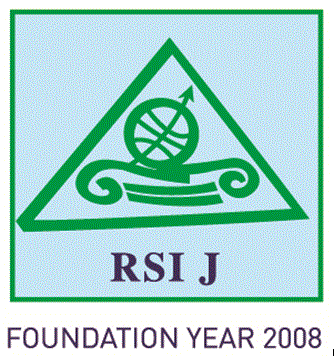Angeliki, N. MENEGAKI
Department of Business Administration and Tourism, Hellenic Mediterranean University, Heraklion, Crete, GREECE
amenegaki@hmu.gr
Can Tansel TUGCU
Faculty of Economics and Administrative Sciences, Akdeniz University, TURKIYE,
cantanseltugcu@akdeniz.edu.tr
Abstract
Our study investigates the influence of both global and local climate change awareness on tourists’ willingness to contribute, either financially or through time donations, to climate change mitigation efforts. Drawing on survey data from 650 respondents, the findings indicate that global awareness significantly enhances tourists’ propensity to take action, whereas local awareness exerts no statistically significant effect. Tourists who recognize the global dimensions of climate change are more inclined to support environmental initiatives within their home country. These results suggest that promoting a broader, global understanding of environmental issues is more effective in fostering pro-environmental behavior among tourists than focusing on localized impacts. The implications for policymakers and the tourism sector are clear: public awareness campaigns and interventions should emphasize global environmental awareness to promote sustainable tourism. Specifically, integrating global climate education into tourism programs and providing accessible, cost-effective options for sustainable practices can help translate tourists’ willingness into tangible action.
Keywords: Climate change, sustainable tourism, willingness to pay, global and local impacts, Structural Equation Modelling
JEL classification: Q01, Q54, Q56, Z32
pp. 37-49
